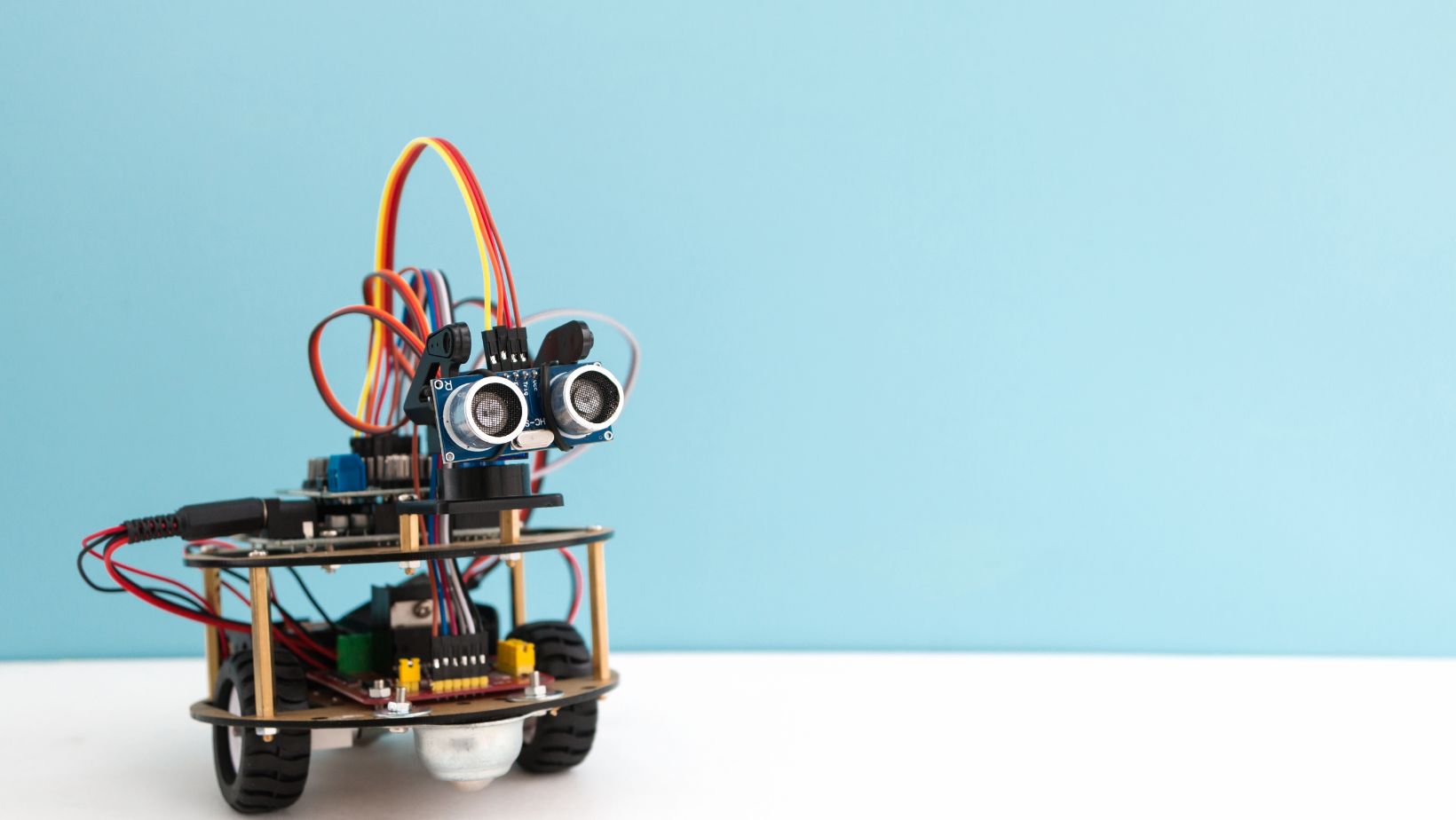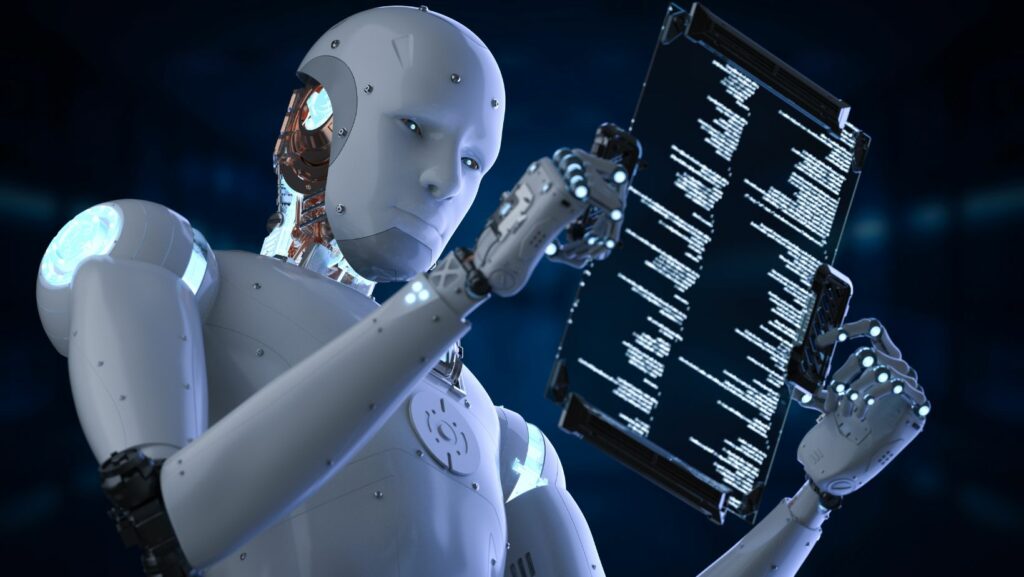Key Takeaways
- Innovation in Delivery: Serve Robotics leads the way in delivery robot technology, utilizing advanced AI and machine learning for improved navigation and obstacle detection in urban environments.
- Strategic Partnerships: Collaborations with major platforms like DoorDash and Uber Eats enhance the integration of robotic deliveries, boosting operational efficiency in food service industries.
- Impact on Food and Healthcare: The deployment of delivery robots significantly improves food delivery speed and reduces human contact in healthcare, ensuring timely deliveries of medical supplies.
- Regulatory Challenges: Serve Robotics faces hurdles related to diverging regulations in different municipalities, which complicates the operational logistics and slows down deployment processes.
- Technological Limitations: Environmental factors such as weather and urban density pose challenges to robot performance, necessitating ongoing investment in technological advancements.
- Future Growth Trends: Predictions for 2024 indicate increased automation and wider adoption of delivery robots in various industries, especially in emerging markets spurred by urbanization and demand for contactless services.
In a world where technology is rapidly evolving, Serve Robotics stands out as a pioneer in the realm of delivery robots. These innovative machines are transforming how goods are transported, making last-mile delivery more efficient and accessible. With a surge in demand for contactless services, Serve Robotics is at the forefront, reshaping urban logistics and enhancing customer experiences.
Recent advancements in artificial intelligence and robotics have propelled Serve Robotics into the spotlight. As cities embrace automation, the company’s robots are not just a novelty; they’re becoming a vital part of everyday life. This article delves into the latest developments in Serve Robotics, highlighting their impact on the delivery industry and what the future holds for this exciting technology.
Serve Robotics News
Serve Robotics continues to lead the charge in the delivery robot sector, showcasing remarkable advancements and collaborations that enhance its operational capabilities. The company’s commitment to innovation is evident in recent updates.
Recent Innovations
Recent innovations include the launch of the Serve robot’s enhanced navigation system, which utilizes advanced computer vision and machine learning algorithms. This upgrade increases accuracy in urban environments by improving obstacle detection and route optimization. Additionally, Serve Robotics integrated new thermal technology into its delivery robots, allowing for efficient temperature control during food deliveries. This ensures that perishables maintain their quality while navigating city streets.
Key Partnerships
Serve Robotics entered strategic partnerships to expand its reach and service offerings. Collaborations with major food delivery services, such as DoorDash and Uber Eats, enable seamless integration of robotic deliveries into their platforms. Furthermore, partnerships with urban municipalities enhance regulatory acceptance and streamline the deployment of delivery robots in various cities. These alliances position Serve Robotics as a formidable player in the future of autonomous delivery solutions.
Impact of Serve Robotics on Industries

Serve Robotics significantly influences various industries, particularly in enhancing efficiency and accessibility. Its innovations in robotics and automation are shaping the future of service delivery.
Food Delivery Services
Serve Robotics transforms food delivery services by integrating delivery robots that ensure swift and contactless transactions. The robots navigate urban environments using advanced computer vision and machine learning, improving delivery speed and reliability. They can accommodate various cuisines, catering to changing consumer preferences. Collaborations with platforms like DoorDash and Uber Eats streamline the order process, allowing businesses to expand their reach without additional labor costs. This technology not only enhances customer satisfaction through timely deliveries but also reduces operational expenses for food service providers.
Healthcare Applications
Serve Robotics applies its technology in healthcare environments, facilitating the efficient transport of medical supplies and medication. With the ability to navigate complex buildings, these robots ensure timely delivery to healthcare professionals. They support hospitals and clinics by reducing human contact, thus minimizing infection risks and improving logistical efficiency. By automating supply chains, healthcare facilities can focus resources on patient care, ultimately enhancing overall service delivery in critical environments.
Challenges Facing Serve Robotics
Serve Robotics encounters several challenges that hinder the widespread adoption and operational efficiency of its delivery robots. These challenges include regulatory hurdles and technological limitations that require strategic navigation to ensure sustained growth.
Regulatory Hurdles
Regulatory hurdles present significant obstacles for Serve Robotics. Local governments impose various regulations concerning the operation of delivery robots on public streets. Compliance with differing laws across municipalities causes complexities in deployment logistics. Permission for operation often involves lengthy approval processes, resulting in delays and increased operational costs. Furthermore, safety regulations dictate robot interaction with pedestrians and vehicles, necessitating adherence to strict guidelines that can vary substantially, complicating national rollout strategies.
Technological Limitations
Technological limitations also challenge the effectiveness of Serve Robotics’ delivery solutions. While advancements in artificial intelligence have improved navigation systems, environmental factors can still impact robot performance. Inclement weather, uneven surfaces, and crowded urban environments pose risks to operational reliability. Robots may struggle to navigate densely populated areas, which can hinder delivery efficiency. Additionally, battery life remains a concern as longer delivery routes can affect operational timeframes. Continuous investment in technology enhancements is essential to address these limitations and improve overall reliability.
Future Trends in Serve Robotics

Serve Robotics continues to pave the way for innovation in the delivery robot landscape. Key trends are emerging that will shape the industry in the coming years.
Predictions for 2024
Predictions for 2024 indicate continued advancements in artificial intelligence and autonomous navigation systems. Robotics experts foresee heightened automation in various urban environments, leading to a surge in demand for delivery robots. The integration of artificial intelligence will enhance decision-making capabilities, enabling robots to navigate complex scenarios and interact seamlessly with customers. Additionally, industry analysts anticipate wider adoption of robotic deliveries by major retailers, which may streamline operations and broaden service offerings. Enhanced battery technology is also expected to improve operational longevity, enabling robots to carry out more deliveries in a single charge.
Emerging Markets
Emerging markets are showing significant potential for the expansion of serve robotics. Areas such as suburban neighborhoods and developing urban centers present ripe opportunities for delivery robots. Increased urbanization and rising demand for efficient logistics solutions are driving this trend. Serve Robotics is eyeing partnerships with local businesses to foster acceptance and integration in these new markets. Moreover, the pivot toward contactless services during and post-pandemic has heightened interest in robotic solutions among consumers in these regions. As infrastructure improves and regulatory frameworks adapt, the implementation of delivery robots is set to gain momentum across various sectors, including retail and healthcare.
Latest Developments in Serve Robotics News
Serve Robotics is at the forefront of transforming the delivery landscape with its innovative robots. As cities embrace automation the demand for efficient and contactless services continues to rise. The company’s advancements in technology and strategic partnerships position it as a vital player in urban logistics.
While challenges remain in regulatory and technological areas the future looks bright. With ongoing improvements in AI and navigation systems Serve Robotics is poised to expand its reach into new markets. The integration of delivery robots into everyday life is not just a possibility; it’s becoming a reality that promises to enhance customer experiences across various industries.

